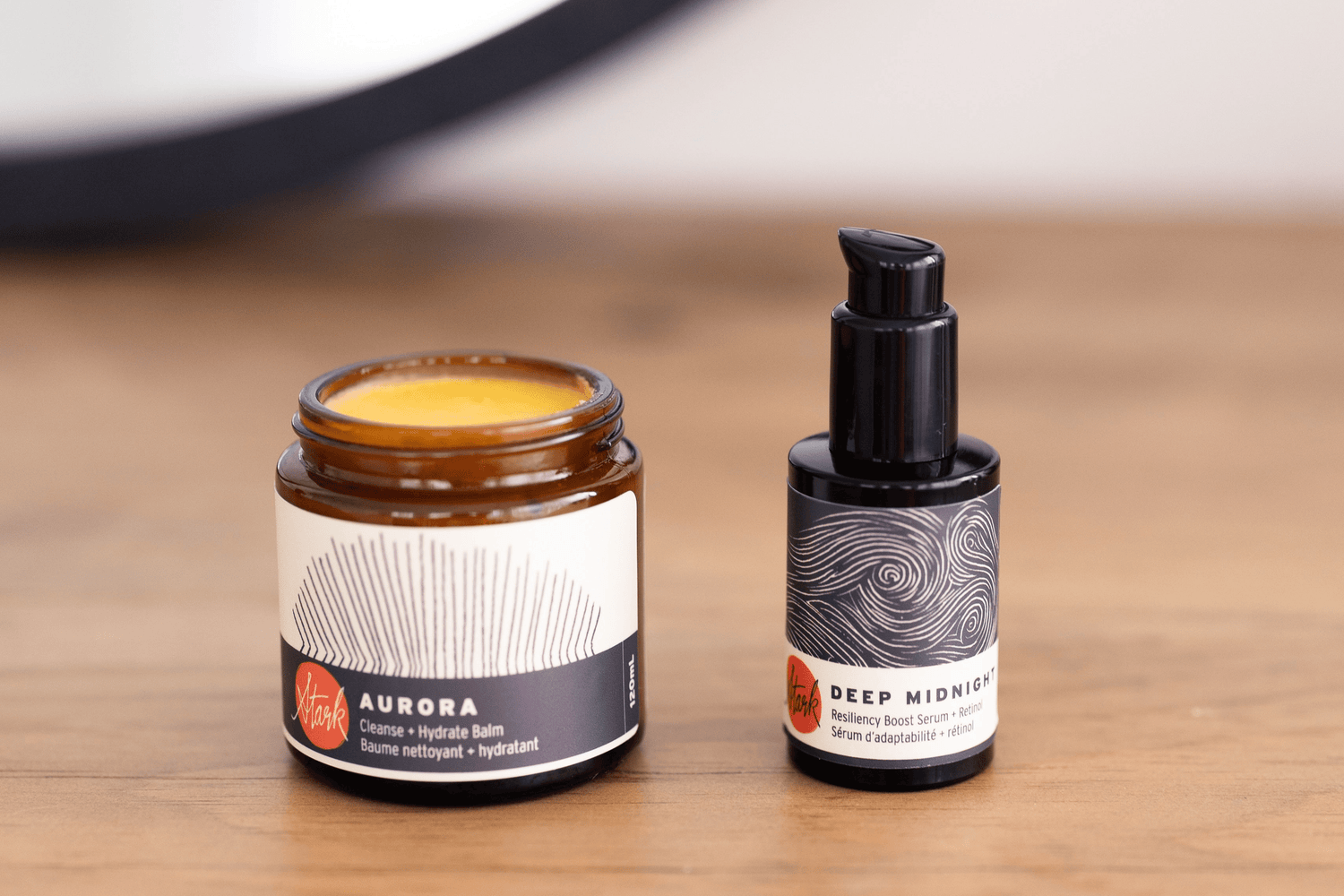
Green Beauty vs Conventional
Share
Team green:
Green beauty says it's more potent than conventional, uses food-grade ingredients, doesn't use "cheap fillers", is "non-toxic", healthier for the skin, better for the environment. Ingredients are often chosen for their historic use by humans for centuries (or more!). Green beauty is proud of the sensorial experience their products create, the rituals they inspire and the results they consistently see from clients. They say they're made in small batches by passionate humans, that every ingredient is diligently inspected and chosen, that every bottle is a work of art.
Team conventional:
Conventional beauty claims it is backed by science, won't irritate skin, manufactured in clean labs by chemists and their teams, is more affordable, is results-based-on-evidence-driven, doesn't contain "fluff", is also non-toxic (duh), is better for the environment as it doesn't use many natural resources. They pride themselves that every bottle is meticulously created by state-of-the-art machinery where errors (and nasty pathogens!) are rare. Conventional products boast long shelf-life, efficacy and value.
So, which is better?
Should you choose green or conventional?
Neither.
Embrace nuance.
I hope you caught this, but it's the "pitting" of one side against the other, of beliefs that "all conventional is toxic and out to kill me" or that "green beauty is run by dirty Pollyanas with feral children who have no idea how to measure essential oils" is where the real problem lies.
But that's not your fault.
Every beauty company is responsible for the fear-based (and even hateful) language they've used to create this divide. This language is adopted by customers.
Like in all things divisive, from the vitally important to the nearly inconsequential:
Neither camp is right.
This black and white division has limited brands terribly, has corrupted communication and has compromised on the creativity of formulas. It even creates brutal fights on social media platforms.
But both "sides" have their pros and cons in terms of efficacy, & sustainability, despite what either camp will tell you. Both are trying to figure out the rapidly changing, highly-competitive, exceptionally noisy landscape of the beauty & wellness industry, on their own terms.
Both get a lot of things wrong, especially around marketing and communication.
But in the end, both are really just running businesses, just at different scales.
(More often than not, green is small, conventional is large... but that's not necessarily the case.)
To me (and I know I'm not unbiased), choosing a "side" is simple.
Invest in the small brands, as this is where your money has real impact. Tell them what you need and want and what they're already doing that you love, and you will be heard. Tell them what works for you, from how they communicate to the formulas they create.
Having 100 devoted customers to a micro-brand is worth more than 1000 Sephoras to a booming brand. I can guarantee this.
Thank you for the support since 2011. I couldn't have done it without you.




